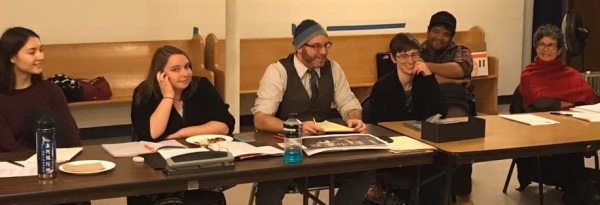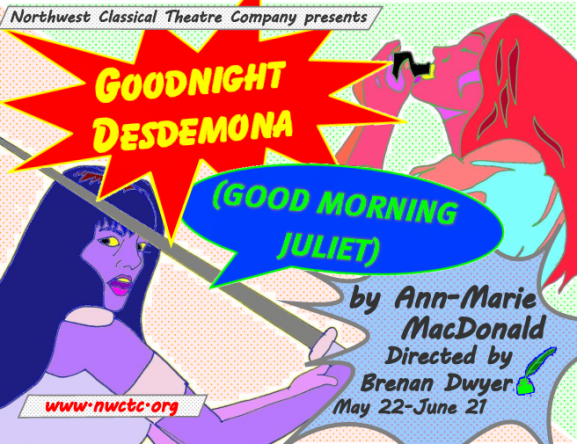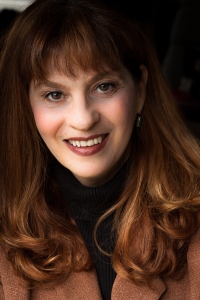 At NWCTC, we’re lucky to work with some of the best designers in our industry. Past productions have wowed actors and audiences alike in the bold choices our designers have made to overcome the creative constraints of producing full-scale classical works in an intimate setting. In preparation for tech week, we asked our incredible design staff a series of questions about their process and inspiration leading up to our new production of Anton Chekhov’s Three Sisters.
At NWCTC, we’re lucky to work with some of the best designers in our industry. Past productions have wowed actors and audiences alike in the bold choices our designers have made to overcome the creative constraints of producing full-scale classical works in an intimate setting. In preparation for tech week, we asked our incredible design staff a series of questions about their process and inspiration leading up to our new production of Anton Chekhov’s Three Sisters.
Here’s what our set designer, Kyra Bishop Sanford had to say:
Q: What is the best thing about working in such an intimate venue as the Shoebox?
As with any challenging venue, I believe that it forces creative solutions and design choices, which otherwise mightn’t have been thought of. It encourages a precision of design, and a need to get to the heart of what is needed to tell the story.
Q: What is the most challenging thing about working in such an intimate venue as the Shoebox?
The biggest challenge of the venue for this production is the size (or lack thereof). There is not a lot of space to put people, and very limited backstage space. Low ceilings mean platforms can’t be as high.
Q: Why do you think Three Sisters has survived and is so often performed to this day?
I feel that the themes that the play deals with are still so relevant, a fact that is brought up in the script, that life will be the roughly the same in 300 years. The script does not come across as dated and inaccessible. The characters are varied and interesting; everyone can find people in their lives to compare them to.
Q: This is a new adaptation of a classic play. What has that process been like?
It has been an interesting process to sort out what to keep from the period, what to modernize, and what to make a combination of. We don’t want to abandon the play’s roots, but neither do we want to keep it mired in its original time and place, so that it may evolve to become more relevant to our time and place.
Q: Theatrical design can seem like such a mystifying art. What is one thing you wish people knew about your design discipline?
Theatrical design is, on one hand, a grand endeavor of creating a world in which a story can be told, drawing on symbolism, historical research, emotions, the needs of the play, personal experience, and the current world. On the other hand, though, it’s just a series of informed choices. What color are the walls? How tall? Does the door have four panels or six? Are the floorboards 4″ wide or 3″? Most of design work is simply making those choices. So it ends up being a wonderful balance between the esoteric and the practical.
Tech rehearsals are in full swing! Make your reservations now to see Patrick Walsh’s adaptation of Anton Checkhov’s timeless classic!













Recent Comments